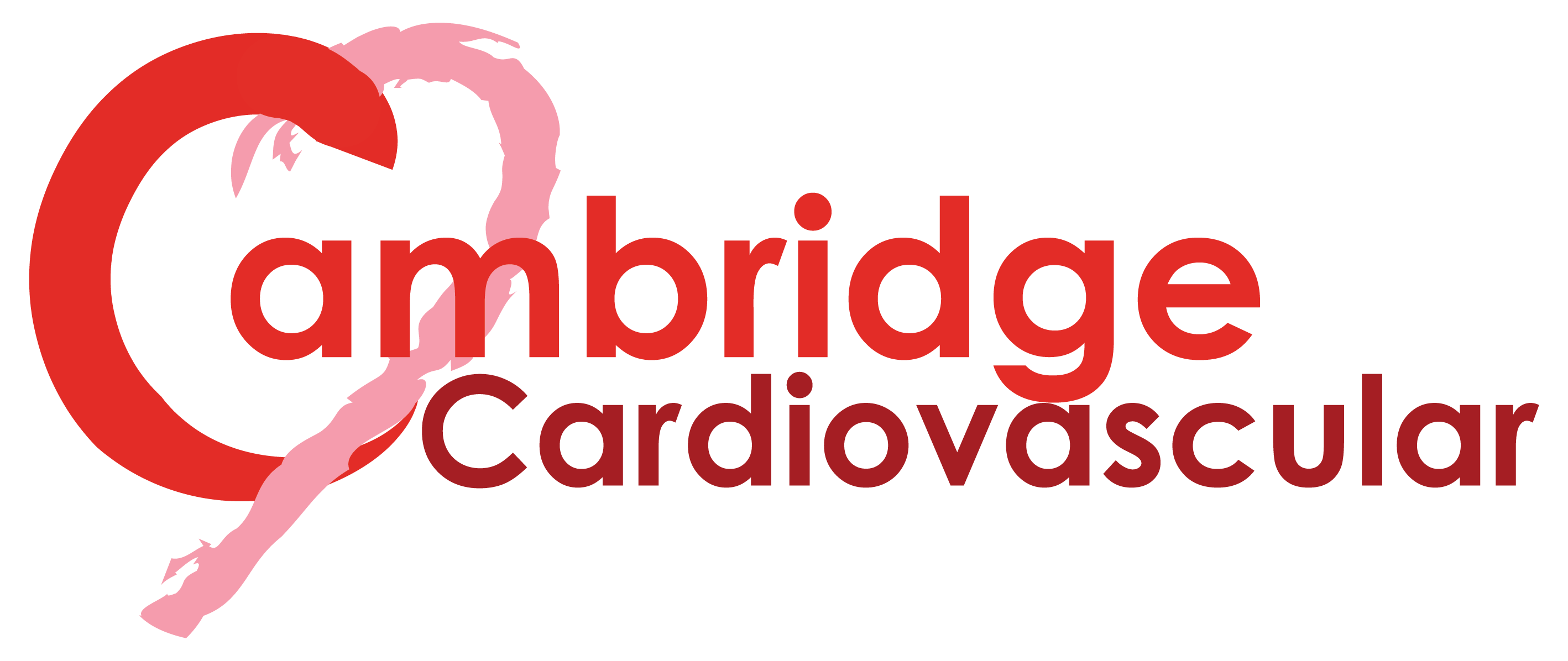
Submitted by Administrator on Thu, 21/03/2019 - 14:42
Prof Dino Giussani and Ms Tessa Garrud have published a review in Trends in Endocrinology & Metabolism about the treatment of preterm babies to protect their hearts and cardiovascular systems.
One in ten babies are born prematurely and up to three-quarters of these are at significant risk of death or long-term illness because premature babies are born with immature lungs and at risk of dying from respiratory problems.
The clinical use of glucocorticoids both in mothers at risk of premature labour and in premature babies has become common practice in the last 40 years. The treatment is based on research that discovered that glucocorticoids play an important role in fetal development and that giving synthetic glucocorticoids to premature babies accelerated the development of their lungs.
Now, every mother at risk of preterm birth gets this treatment worldwide in developed societies. It is regarded as one of the best examples of successfully translating basic experimental science into efficient human clinical practice and it has saved literally millions of preterm children every year.
However, despite the very clear life-saving effects of antenatal and postnatal glucocorticoid therapy to accelerate the lung maturation in the infant, new research has identified some negative side effects on the offspring’s growth, central nervous and cardiovascular systems. Some of these effects will not be seen until the child is fully grown and is in adulthood.
Professor Giussani and PhD student Tessa Garrud propose that in future, combined therapy of glucocorticoids with specific antioxidants may be safer for the treatment of the premature baby. They point to research that suggests one likely culprit mechanism is the capacity of synthetic glucocorticoids to induce what is so-called ‘oxidative stress’, caused by an imbalance in the body of unstable atoms known as free radicals. While the body needs a certain number of free radicals for cell signalling or to stimulate repair, an overabundance can cause damage. Oxidative stress has been shown to lead to restricted blood flow and can damage the cardiovascular system in the long-term.
“When we bring together the research out there on this issue, we find strong evidence to suggest that combined antioxidant and glucocorticoid therapy may be safer than glucocorticoid therapy alone for the treatment of preterm birth,” says Ms Garrud.
“We believe it is time to study these further potential benefits in clinical trials. Glucocorticoid therapy is clearly a life-saver and is here to stay, but we support that treatment could be improved even further to maintain benefits while improving safety ”, Professor Giussani highlighted.
This story is an abridged version of the one on the University's research website.




